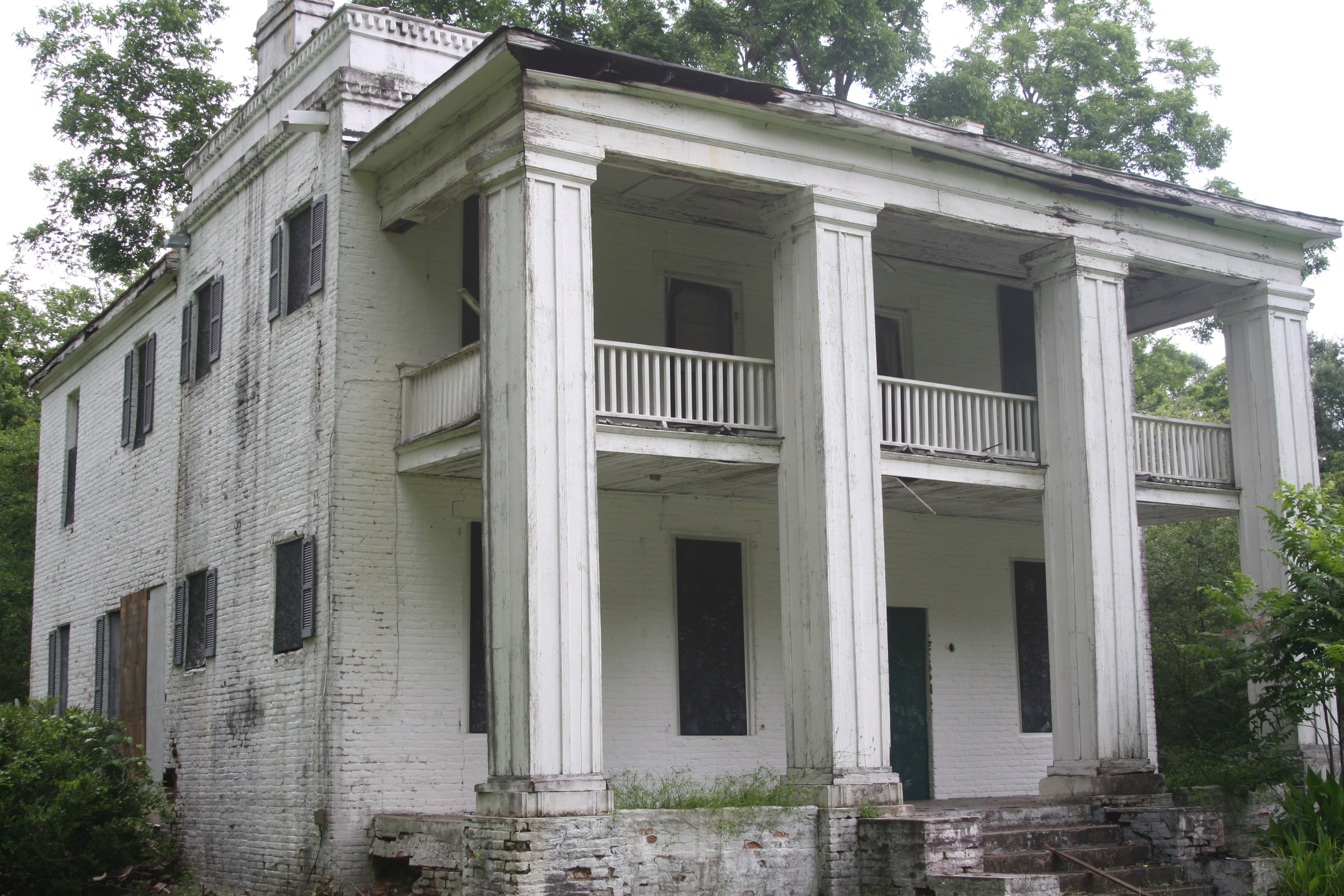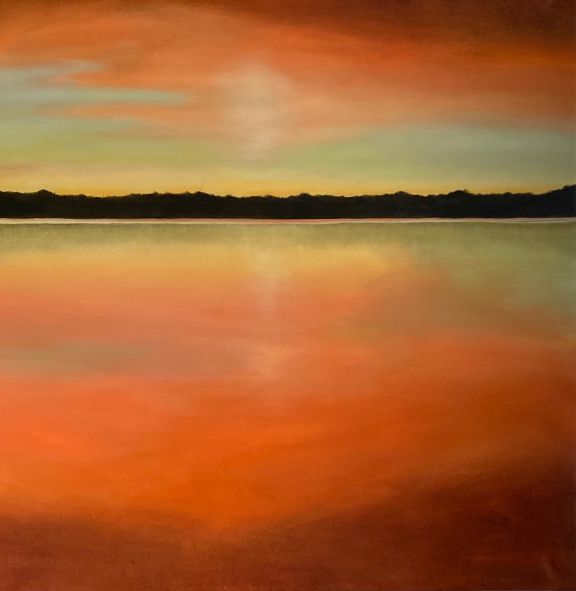Southerners love their ghost stories, and we all have at least one to tell. With one of America’s deadliest wars fought on our soil, it is not surprising that spirits hold a special place in our past and present. That tension between the two is part of our identity, and part of being Southern. To preserve our culture it is important that we preserve these stories, and our efforts have been largely successful. What is important now is that we preserve the places and things these stories were born of – the historic cities, the artifacts, and even the ghost towns.
One of these ghost towns in need of preservation lies in Alabama just southwest of Selma, where the Cahaba River flows into the Alabama. Old Cahawba (known as Cahaba when it was founded), Alabama’s first capitol, was founded in 1820 and, unfortunately, never seemed to have much luck. The land along the rivers was prone to flooding and the mosquitoes from the swamps spread fever, giving the town the reputation of being unhealthy and dangerous. As a result, the capitol was moved to Tuscaloosa in 1826, and again in 1846 to Montgomery. Cahaba, abandoned by all but a few, clung to existence.
Cahaba revived in 1859, serving as the major distribution point for cotton shipped down the Alabama River to the port of Mobile, and the addition of a new railroad line triggered a building boom in the city. By the eve of the Civil War, more than 3,000 people called Cahaba home. Their success was short lived; during the Civil War the Confederate government seized Cahaba’s railroad to harvest the iron beams, and the Union blockade on the coast devastated their economy. In 1865 the town flooded again, and it wasn’t long after that that businesses and families abandoned Cahaba. Within 10 years, even the houses were being dismantled and moved.
During Reconstruction, the abandoned courthouse became a meeting place for freemen seeking new political power. A new rural community of former slave families replaced the old urban center, but even this community soon disappeared. By 1900 most of Cahaba’s buildings had burned, collapsed, or been dismantled. Few structures survive to this day, and what is left of the town was unincorporated in 1989. By that time, the only people to frequent Cahaba’s abandoned streets were fishermen and hunters.
 Today, nature has reclaimed what’s left of the old town. Recently the Alabama Historical Commission took an interest in saving what remains of the famed former capitol. The property was bought, and archaeological and historical research projects were launched, leading to the establishment of today’s Old Cahawba Archaeological Site.
Today, nature has reclaimed what’s left of the old town. Recently the Alabama Historical Commission took an interest in saving what remains of the famed former capitol. The property was bought, and archaeological and historical research projects were launched, leading to the establishment of today’s Old Cahawba Archaeological Site.
I visited Old Cahawba recently and was surprised. Even though it stands desolate ghost town it still remains Alabama’s first capitol – but it doesn’t seem to be remembered as such at all. Over the past decade funding for Old Cahawba’s restoration and property acquisition has been cut by 75%. The grounds are well kept but, unless you have some foreknowledge of the area, you don’t really learn much during your visit. The tours are self guided with maps and a scant educational pamphlet, and sometimes there’s a markers to be found at a site here or there, but there’s definite room for improvement.
 If you’re ever in the area I suggest you seek out Old Cahawba (preferably not in the afternoon lest you be taken away by the biggest mosquitoes I’ve ever seen). Talk to the staff – they’re very informative. If they have a few moments to spare, one of them may be able to take you on a guided tour. The town is rich with history, our history, even if most of it has burned or been dismantled and moved away, and spreading knowledge of the place is the only way to insure its survival and preserve an important part of our Southern legacy.
If you’re ever in the area I suggest you seek out Old Cahawba (preferably not in the afternoon lest you be taken away by the biggest mosquitoes I’ve ever seen). Talk to the staff – they’re very informative. If they have a few moments to spare, one of them may be able to take you on a guided tour. The town is rich with history, our history, even if most of it has burned or been dismantled and moved away, and spreading knowledge of the place is the only way to insure its survival and preserve an important part of our Southern legacy.



I’ve toured Cahaba and it has virtually been reclaimed by natue. It is eerie there, especially in the near-dusk. That was a great piece and you captured the essence of the first, though hard-luck, Capital of Alabama.